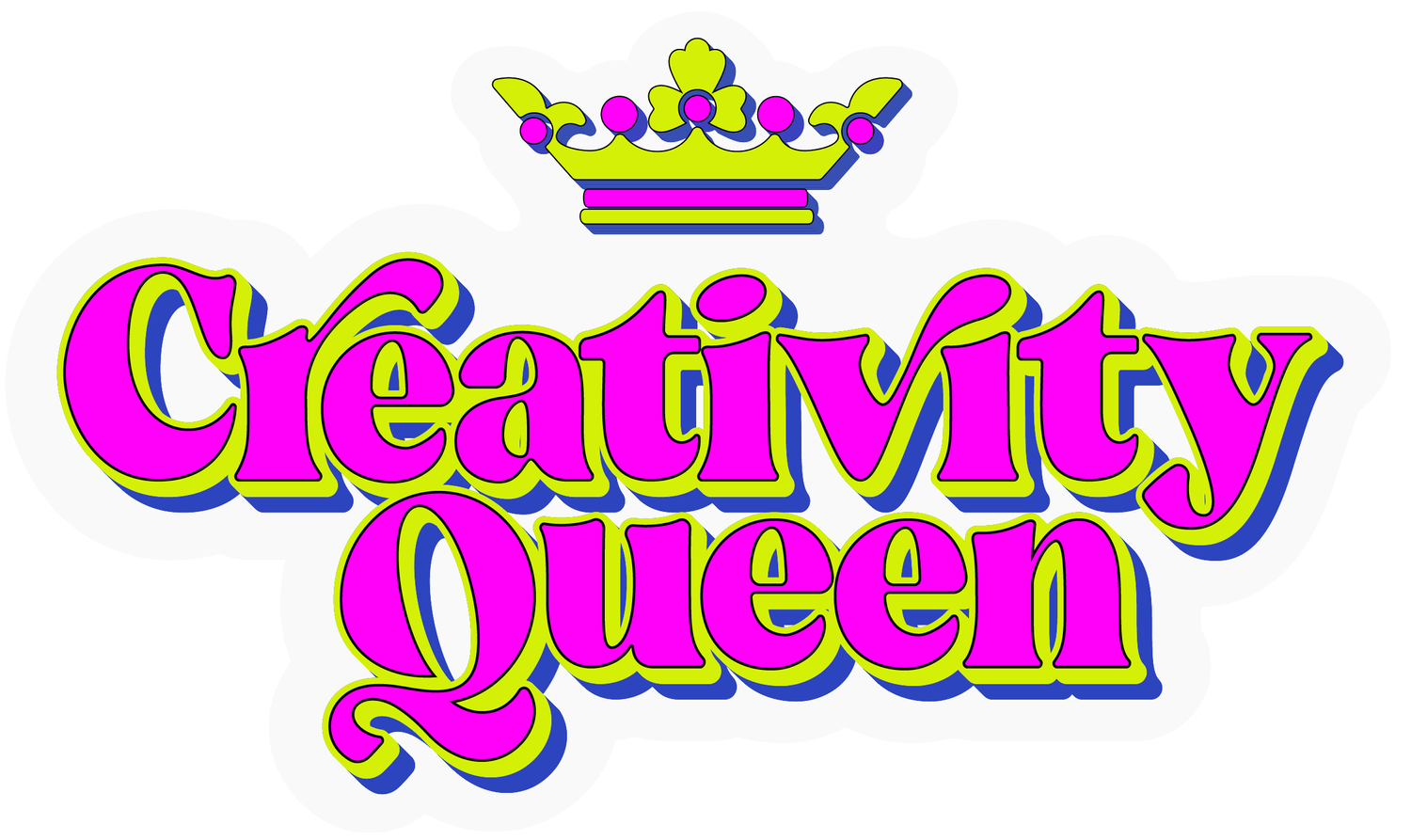Got an anxious child? Here's a creative solution to reduce anxiety, stress, worry, and fear
Worried-Girl
Stress, worries, anxiety, fear- it's all part of life. Yet, if your child is not given the opportunity to express our fears and realize that it's okay to feel scared (worried, etc) and learn tools to manage these feelings your child may develop an anxious disposition. Part of it may be biological, just the way we are hardwired. However, it is believed that genetics only shapes us by 50%, the remaining 50% is environment, situations, people, and perceptions. So we have control over half of our worries and can learn the tools to manage these feelings. The interesting thing about anxiety is that it is often overlooked, yet it has lasting impacts. If a child is anxious they may internalize their feelings and not get the attention that a child whom is acting out gets. However, this internalization may lead to feeling of inadequacy, self-criticism, and may trigger addictive and self-harming behavior.
Children who are anxious can learn to develop skills to self-soothe and regulate their emotional state. Providing your child with an opportunity to learn some new strategies in a way that is aligned with their natural learning process is the easiest way to help your child develop coping strategies that they will actually use.
Okay, so what's a parent to do? Here's a creative solution. Ask your child to create an image of what is bothering them. If there is a certain situation (like homework) or person (like a classmate) that triggers their anxiety and worries ask them to make a picture of it. Allow them to create without censorship or judgment. Ask them if they would like share what they created ("no" is an acceptable answer).Here's the important part, listen to what they say without offering your perspective. Instead be empathetic and validate their feelings. After listening without offering advice ask your child questions about what the person in the drawing could do or think differently so they feel more in control and less worried. Allow your child to be creative in their responses.
Allowing flexible creative divergent thinking helpings your child re-pattern their brain neural pathways helping your child think in terms of what's possible. There are other specific biological based strategies that can help your child reduce the physiological impacts of anxiety (such as increased heart rate, panic attacks). Even if your child has normal worries art therapy may give your child some cognitive and behavioral tools to tackle worries when they arise! Schedule a Complimentary Support Consultation to learn more.

